

|
|
|


|
|
1/12 Scale Electric Racing Car:
Kyosho Fantom EP 4WD - Kremer Porsche - 3072
|
Released by Kyosho circa 1981, the Fantom EP 4WD (Phantom EP 4WD) - Kremer Porsche - # 3072 - was described by Kyosho as an "Electric Powered Special Racing Car", with their "automatic power selection system" (front one-way), took the RC racing world to the next level, winning adulation from enthusiasts the world over.
Sold as an unassembled kit, the model came with a clear lexan polycarbonate Bodyshell, an electric Motor and wound wire, servo operated, rheostat Speed Controller. A Radio System, Battery and Charger to be purchased separately.
Check out our Kyosho Archive for other Fantom EP models.
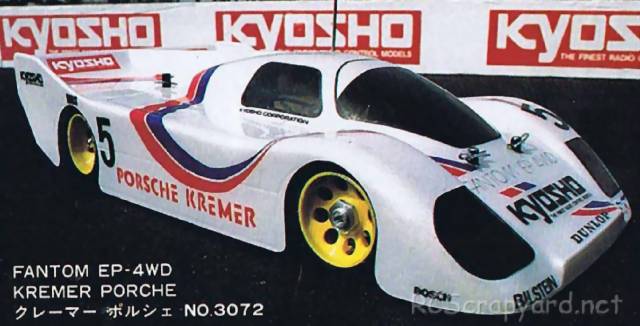
The 4WD model is chain driven, on an FRP double deck chassis, rear solid axle, with bevel gear differential built into the spur gear (could be locked), front one-way drive system, with dogbone drive-shafts, a number of cast and machined alloy components, bushings and ball bearings. Front suspension was via FRP cross bar flexure (undamped).








|
|
|

★ Kyosho Fantom EP 4WD - Kremer Porsche - 3072 ★
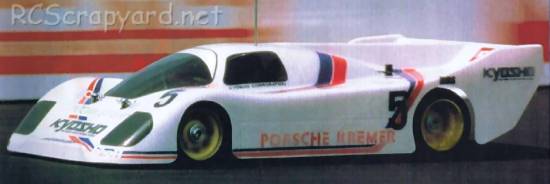
★ Kyosho Fantom EP 4WD - Chassis ★
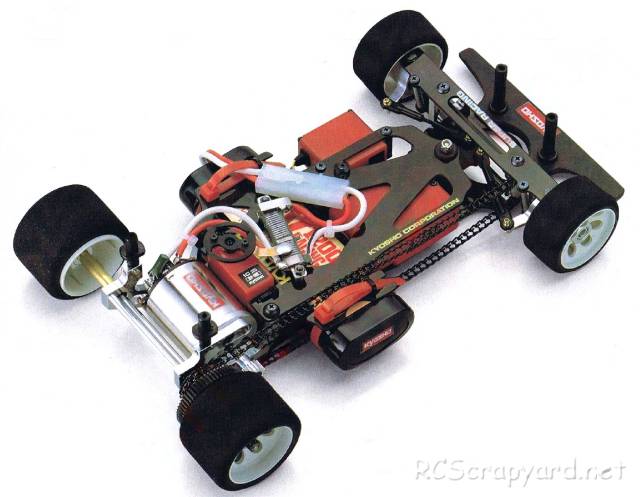
★ Kyosho Fantom EP 4WD - Chassis ★
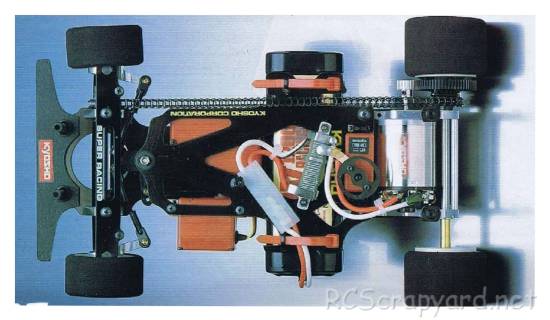
★ Kyosho Fantom EP 4WD - Chassis ★
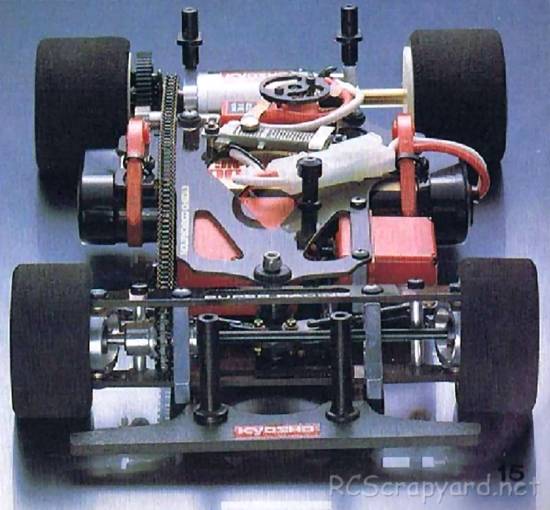
★ Kyosho Fantom EP 4WD - Chassis ★
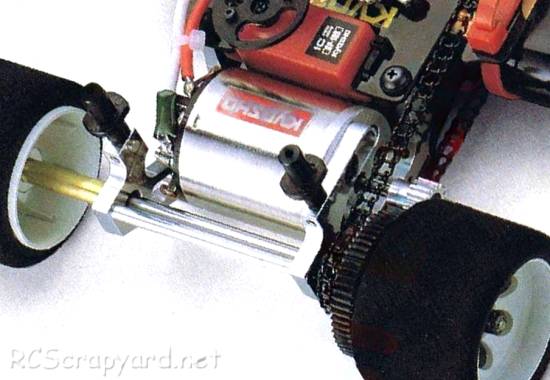
★ Kyosho Fantom EP 4WD - Chassis ★
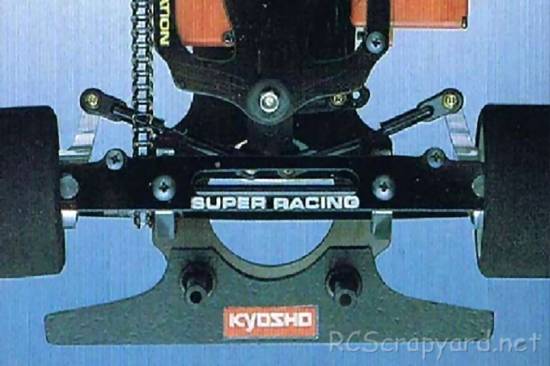
★ Kyosho Fantom EP 4WD - Chassis ★
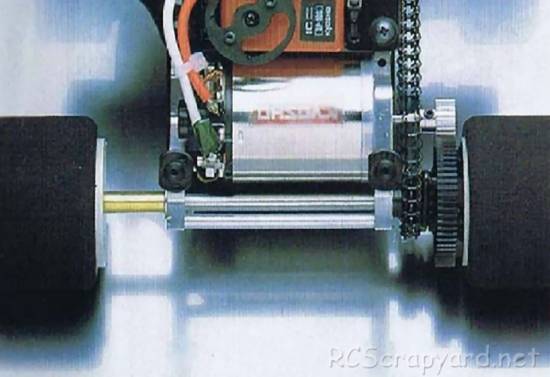
★ Kyosho Fantom EP 4WD - Chassis ★
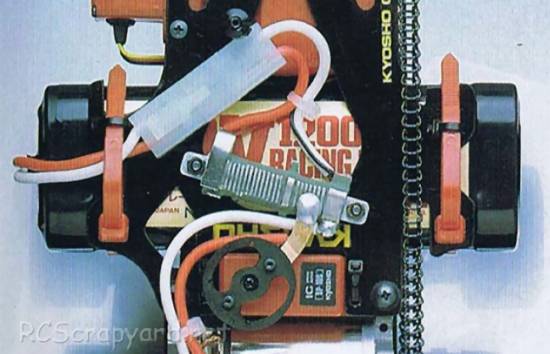
★ Kyosho Fantom EP 4WD - Chassis ★
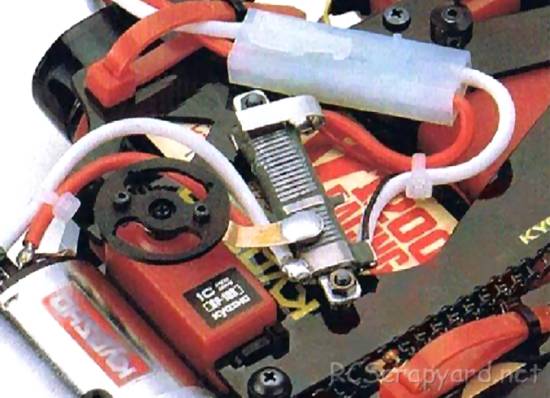
★ Kyosho Fantom EP 4WD - Chassis ★
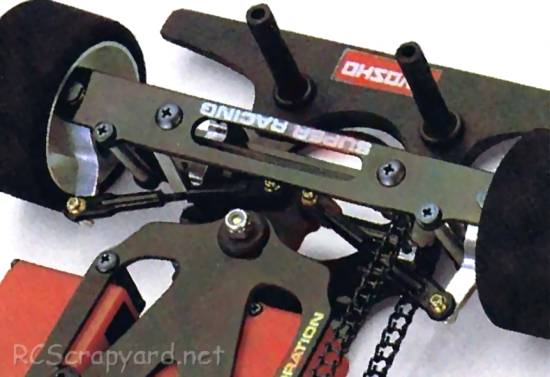
★ Kyosho Fantom EP 4WD - Chassis ★
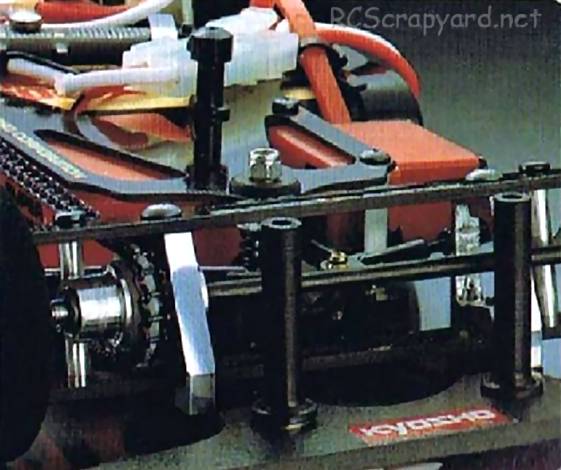
|
Buying a Used Radio Controlled Model
|
|
Manufacturers and Brands Catalogued, Listed and Reviewed by RC-Scrapyard.
At present, the RC Model Manufacturers, Brands and Distributors covered by us are: ABC Hobby, Academy, Acme Racing, Agama Racing, Amewi, Ansmann Racing, ARRMA, Team Associated, Atomic RC, Axial, AYK, Bolink, BSD Racing, Capricorn, Carisma, Carson, Caster Racing, Cen, Corally, Custom Works, Durango, Duratrax, ECX - Electrix, Exceed RC, FG Modellsport, FS-Racing, FTX, Fujimi, Gmade, GS-Racing, Harm, HBX, Helion, Heng Long, Himoto Racing, Hirobo, Hitari, Hobao, Hong-Nor, Hot Bodies, HPI, HSP, Intech, Integy, Jamara, JQ Products, Kawada, Kyosho, Losi, LRP, Maisto, Mardave, Marui, Maverick, MCD Racing, Megatech, Mugen, New Bright, Nichimo, Nikko, Nkok, Ofna, Pro-Pulse, Protech, PTI, RC4WD, Redcat Racing, RJ-Speed, Robitronic, Schumacher, Seben, Serpent, Smartech, Sportwerks, Step-Up, Tamiya, Team-C Racing, Team Magic, Thunder Tiger, Tomy, Top Racing, Traxxas, Trinity, Tyco, Vaterra RC, Venom, VRX Racing, WLToys, X-Factory, Xmods, Xpress, Xray, XTM, Yankee RC, Yokomo, ZD Racing and Zipzaps. |
|
Hints, Tips and Information Rechargeable Batteries
|
|
Hints, Tips and Information Make your RC Model Ball Bearings Work for You
If you are serious about your racing, looking after your bearings is essential if you are to remain competitive. |
|
RC Models:
|
Radio & Motors: |
Other
Accessories: |